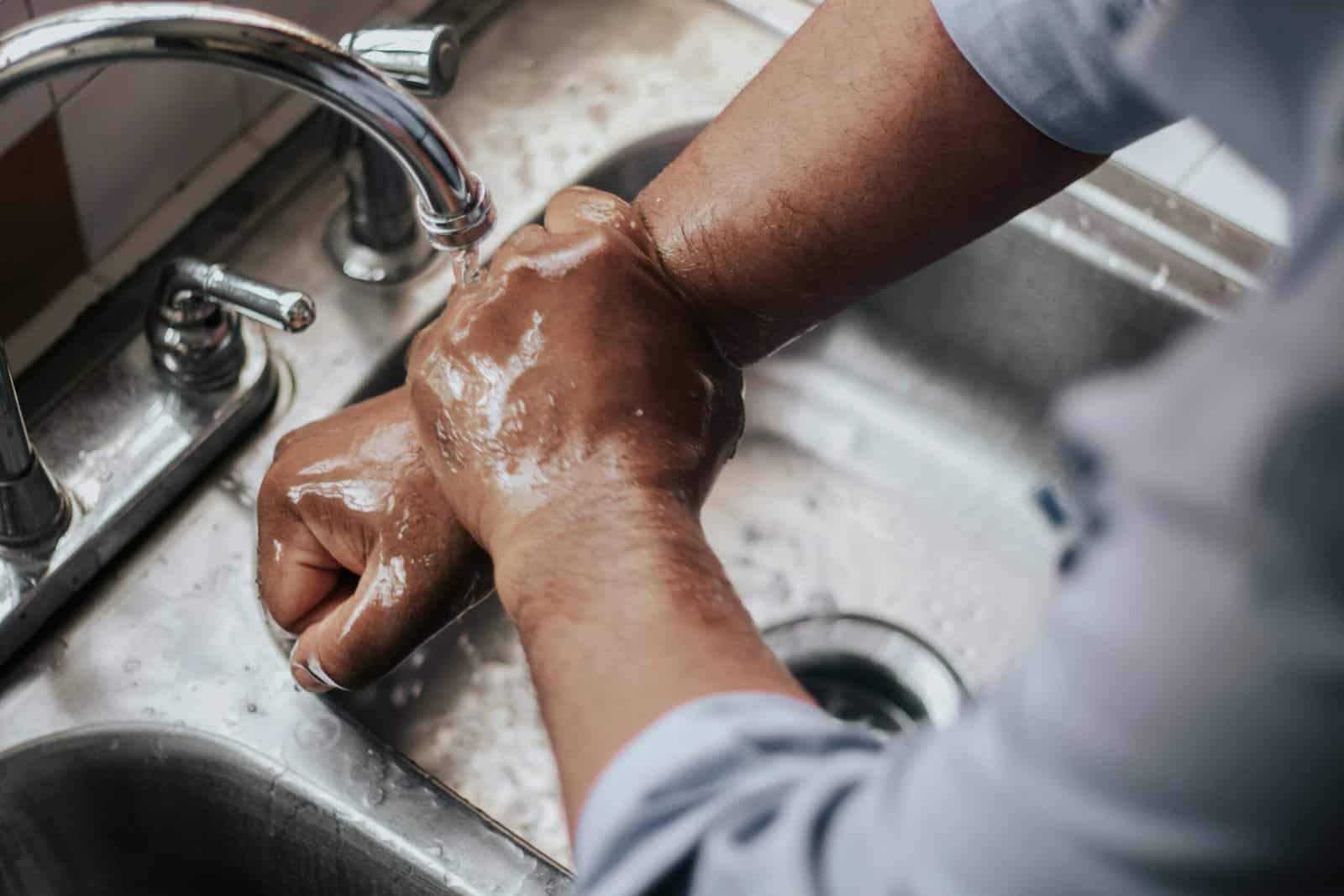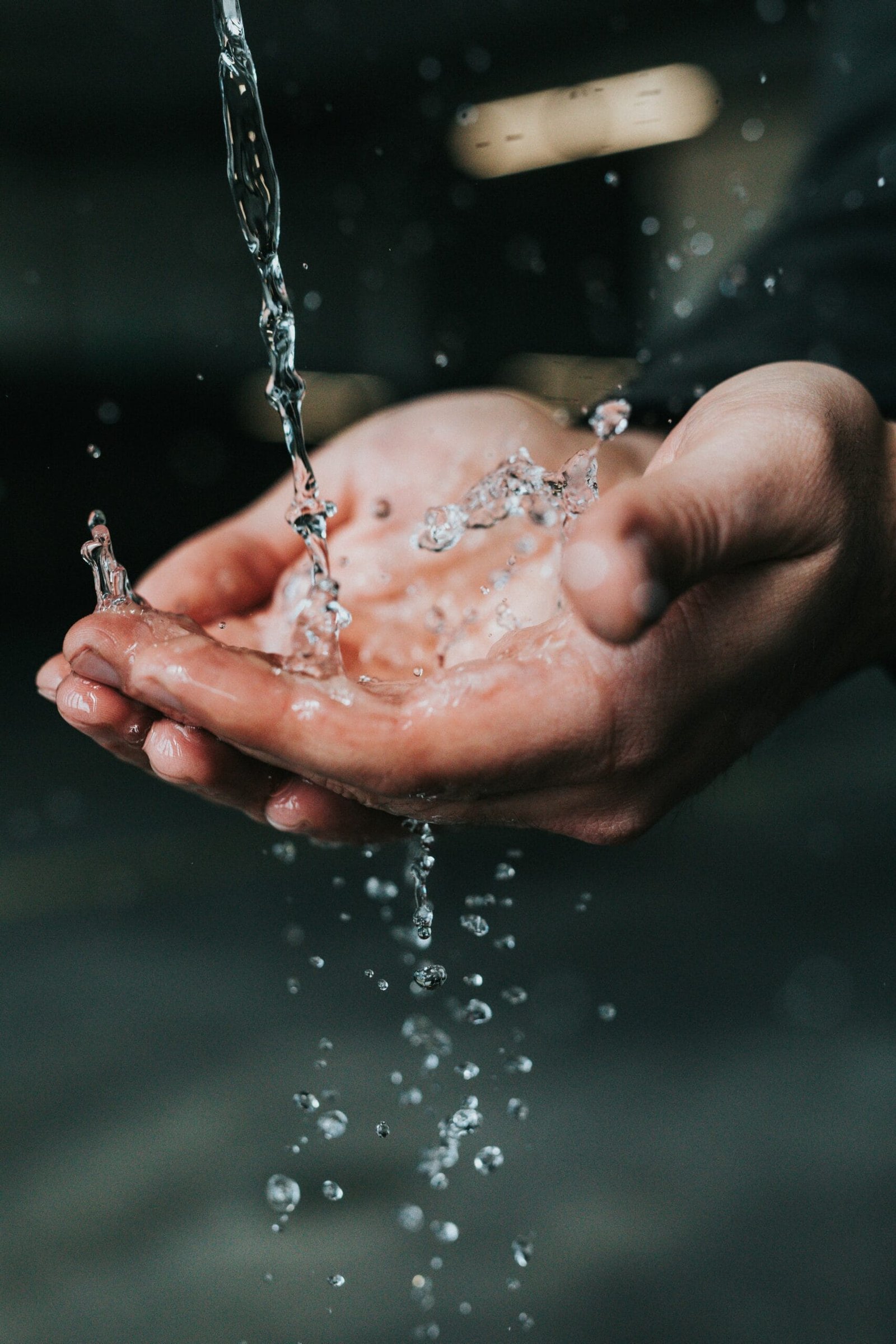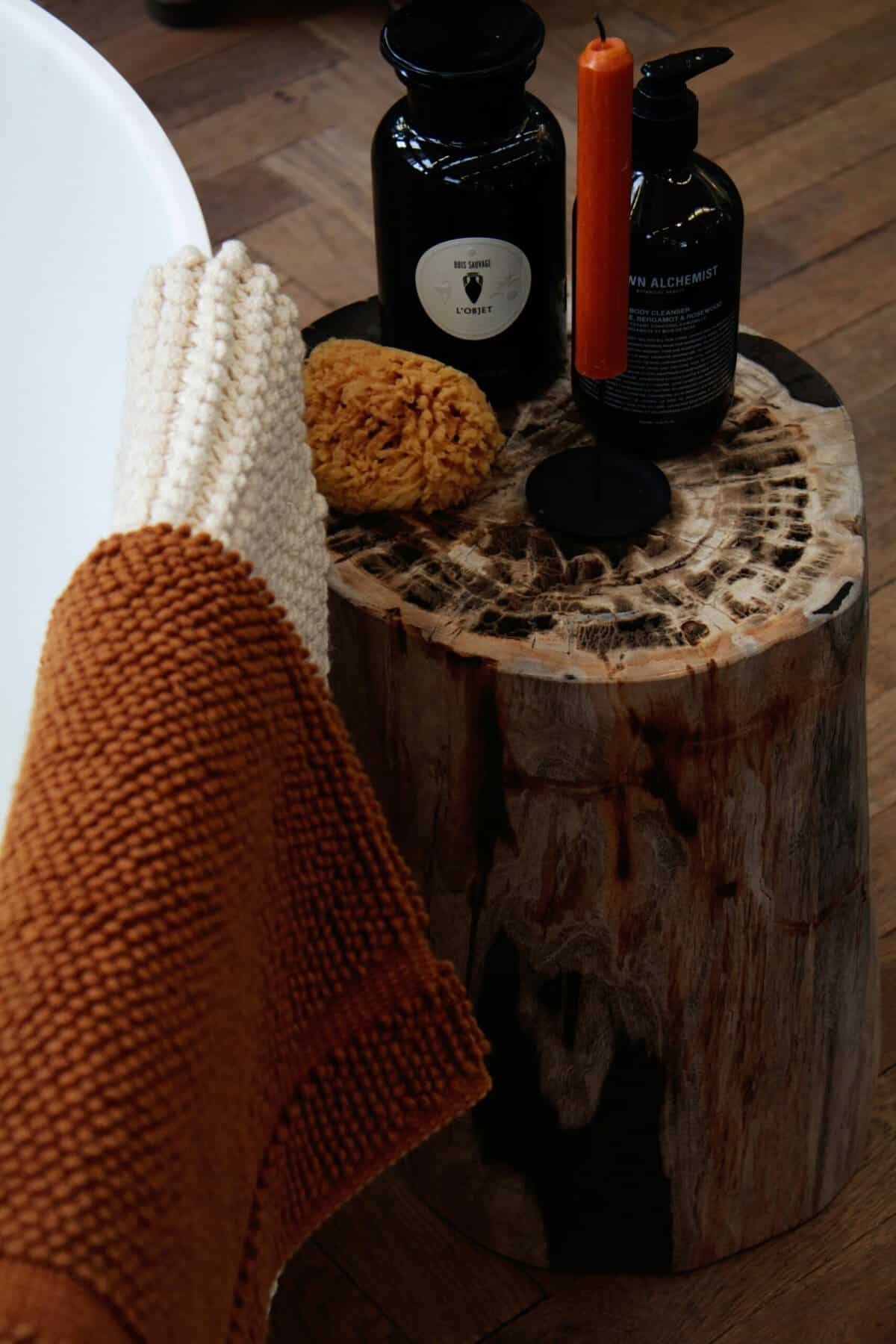Have you ever wondered about the right way to sanitize your well? Ensuring that your water supply is clean and safe for consumption is a crucial aspect of home maintenance, particularly if you rely on a private well. Contaminated water can pose serious health risks and sometimes, the need to sanitize may be more common than you’d think, especially after severe weather events or routine maintenance. So, let’s guide you through the steps to properly sanitize a well, ensuring safe, clean, and drinkable water for you and your family.

Understanding the Importance of Well Sanitation
Before diving into the “how,” let’s discuss the “why.” Proper sanitation of a well isn’t just about removing contaminants; it’s about safeguarding your health. A well might get polluted by bacteria, viruses, and other dangerous microorganisms that could lead to illness. Regular sanitation habits can help address these issues effectively.
When to Sanitize Your Well
It’s important to know when your well requires sanitation. Apart from the routine cleaning, certain situations demand immediate attention. These include:
- Bacterial Contamination: If your well tests positive for harmful bacteria like E. coli or coliform bacteria.
- Flooding: After heavy rains or floods, surface water could penetrate your well.
- Opening the Well Cap: During inspections or repairs, there’s a risk of introducing contaminants.
- Changes in Water Taste or Smell: Unusual alterations could be a sign of contamination.
- New Well Installation: Sanitation is necessary to start with a clean supply.
- After Any Repairs or Maintenance: This ensures that any potential introduction of contaminants is addressed right away.
Preliminary Steps to Take Before Sanitizing
Now that you understand when to sanitize, let’s talk about the initial steps. Proper preparation will make the process more efficient and effective.
Gather Necessary Equipment and Supplies
Ensuring you have all the tools and materials you’ll need beforehand can save time and effort. Here’s what you might require:
| Item | Purpose |
|---|---|
| Chlorine bleach (unscented) | Disinfecting agent |
| A measuring cup | To measure bleach accurately |
| Gloves | Safety while handling chemicals |
| Safety goggles or glasses | Protecting eyes from chemical splashes |
| Garden hose (if needed) | To circulate chlorinated water throughout the system |
| Bucket | Mixing solutions |
| Old clothes | Protection from bleach stains |
Ensure Safety First
Your safety should be a priority when handling sanitizing agents like bleach. Here’s how to protect yourself:
- Ventilation: Make sure you are working in a well-ventilated area to avoid inhaling fumes.
- Protective Gear: Use gloves, goggles, and old clothing to guard against accidental spills or splashes.
- Proper Communication: Inform everyone in your household about what you are doing and ask them not to use the water until the process is complete.
Step-by-Step Guide to Sanitizing Your Well
With the groundwork laid, let’s delve into the actual steps required to properly sanitize your well.
Step 1: Calculate the Right Amount of Bleach
The amount of bleach needed depends on the size of your well. Determining how much water your well holds will guide you to the right bleach volume. Here’s a basic guide you can follow:
- Drilled Wells: Typically, these have a capacity of about 1.5 gallons per foot.
- Dug/Bored Wells: These can hold approximately 7 to 10 gallons of water per foot.
Step 2: Mix the Sanitizing Solution
In a bucket, dilute the bleach with water. The ideal ratio will vary, but generally, use about 1 gallon of bleach per 500 gallons of water. Gently mix it to ensure even distribution.
Step 3: Pour the Solution into the Well
Slowly add the sanitizing solution into the well. Pour the bleach around the inside of the well casing to ensure it thoroughly mixes with the existing water.
Step 4: Circulate the Water
Connect a garden hose to an outdoor faucet and run the water back into the well. This helps to circulate the chlorinated water throughout the well system. Let it run for approximately 30 minutes to ensure even dispersion.
Step 5: Open Indoor Faucets
Open all taps, showers, and any other outlets in your home until you detect a chlorine smell. Once you smell chlorine, close each one to ensure the entire plumbing network has been sanitized.
Step 6: Let it Sit
Allow the chlorinated water to sit in the plumbing system overnight, or for at least 8 hours, to properly disinfect the entire well and distribution system.
Completion and Rinsing Process
Once the waiting period is over, it’s important to rinse the system thoroughly to ensure the water is safe for use once more.
Step 7: Flush Out the Chlorinated Water
After the sanitation has been completed, it’s time to flush out the residual chlorine. Here’s how to proceed:
- Begin with an outdoor faucet, letting the water run until the chlorine odor is no longer detectable. This action helps avoid overloading your septic system with chlorinated water.
- Repeat this step indoors by opening all faucets until the chlorine scent disappears.
Step 8: Test Your Water
For peace of mind and to ensure successful disinfection, conduct a water test. Look for a simple water testing kit capable of detecting bacteria, chlorine levels, and other potential contaminants.

Maintenance and Prevention Tips
Routine maintenance helps prevent future contamination and prolongs the life of your well system. Here’s how to incorporate these practices:
Regular Testing
Regularly testing your well water aids in the early detection of potential contaminants. Aim for at least once a year, or more frequently if you’re in an area susceptible to bacteria.
Inspect Well Components
Periodically check the well covering, casing, and any surrounding features for signs of wear or damage. Addressing these issues swiftly prevents pollutants from penetrating your water supply.
Maintain Surrounding Areas
Keep the area within 100 feet of your well free from debris, chemicals, and waste. Good hygiene and maintenance of the nearby environment help deter contaminants.
Addressing Common Concerns
Despite careful preparation and attention, questions may arise about well sanitation. Here’s how to handle some of the common issues:
Chlorine Taste or Smell Lingers
If the chlorine taste or smell persists, continue to flush your system to eliminate any lingering presence of bleach. Use the outdoor faucets for an extended flush before returning indoors.
Cloudy or Discolored Water
After the initial sanitation, it’s normal for water to have a slightly cloudy appearance. Let it settle for a day or two while continuing to flush out the system. If cloudiness persists, retesting might be necessary.
Ineffectiveness of Initial Cleaning
If a water test still indicates contamination, you may need to repeat the process or seek professional assistance. Persistent contamination may suggest a larger issue within your well system.

Consult a Professional When Needed
While these instructions provide a thorough guide to well sanitation, specific situations may require professional expertise. If you encounter challenges or your well features advanced systems, don’t hesitate to seek professional help.
Knowledge is crucial when it comes to maintaining the healthy state of your well. By understanding these steps and taking proactive measures, you’ll be well-equipped to ensure a continuous supply of safe, clean water for your household.
